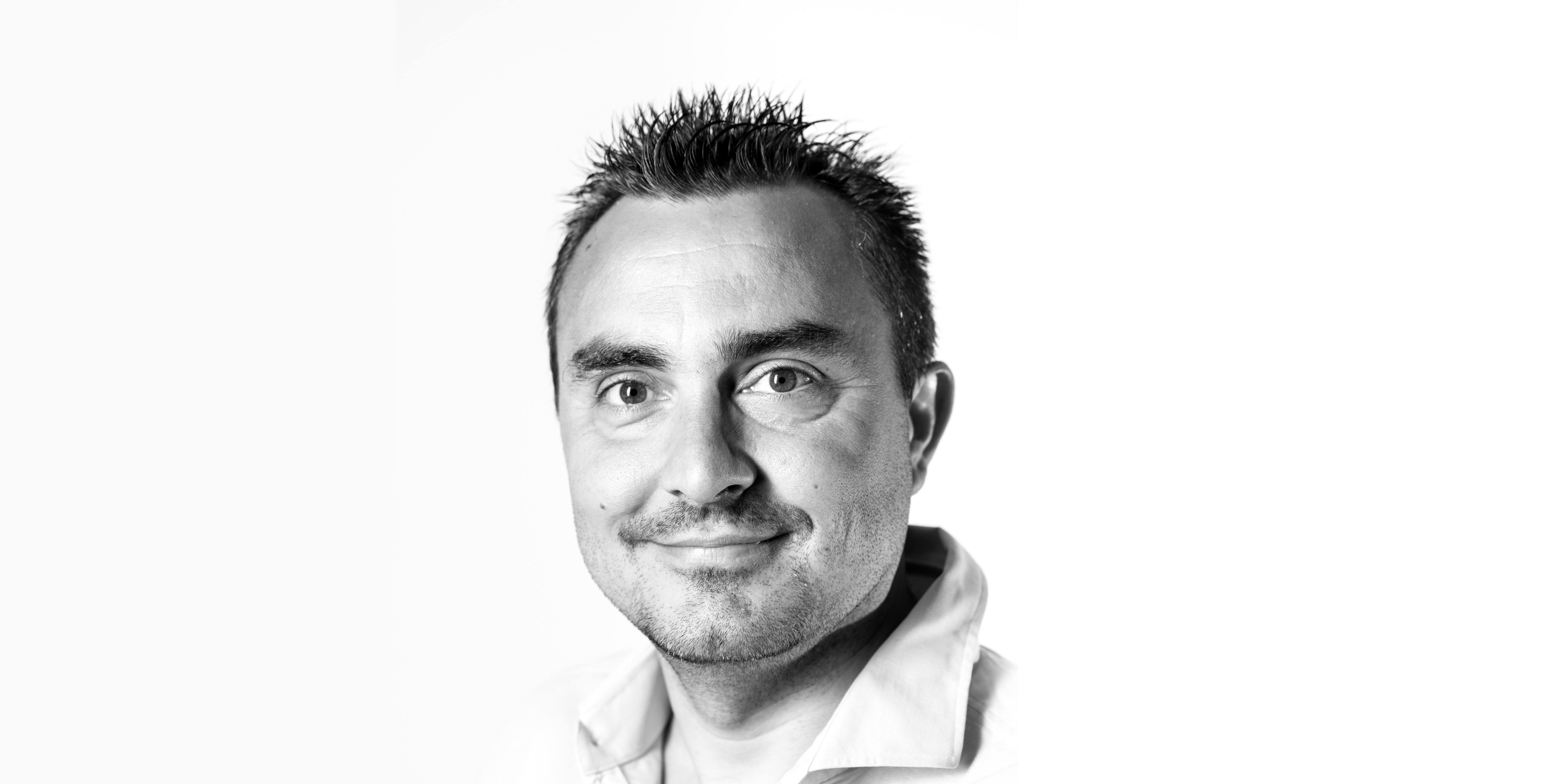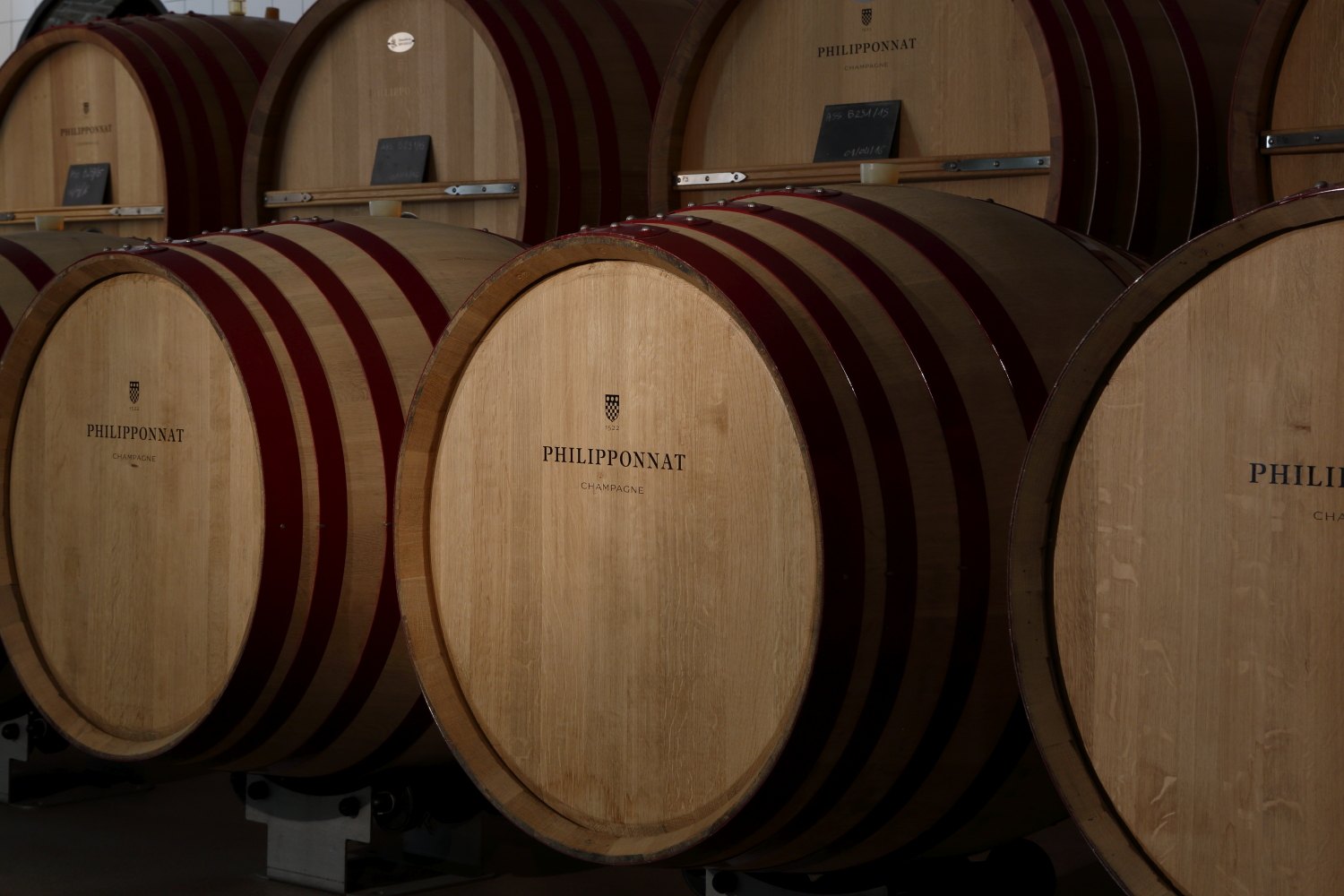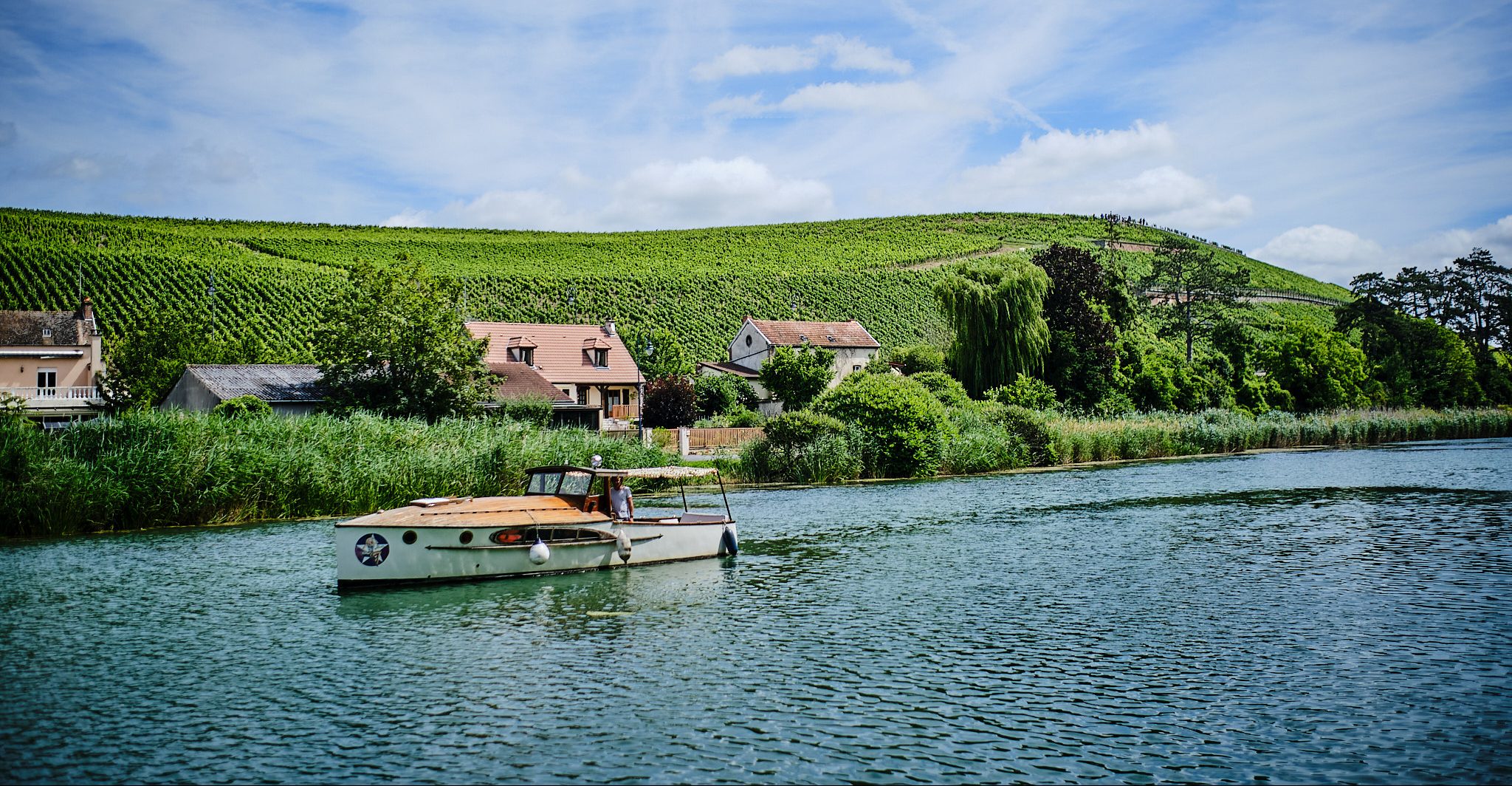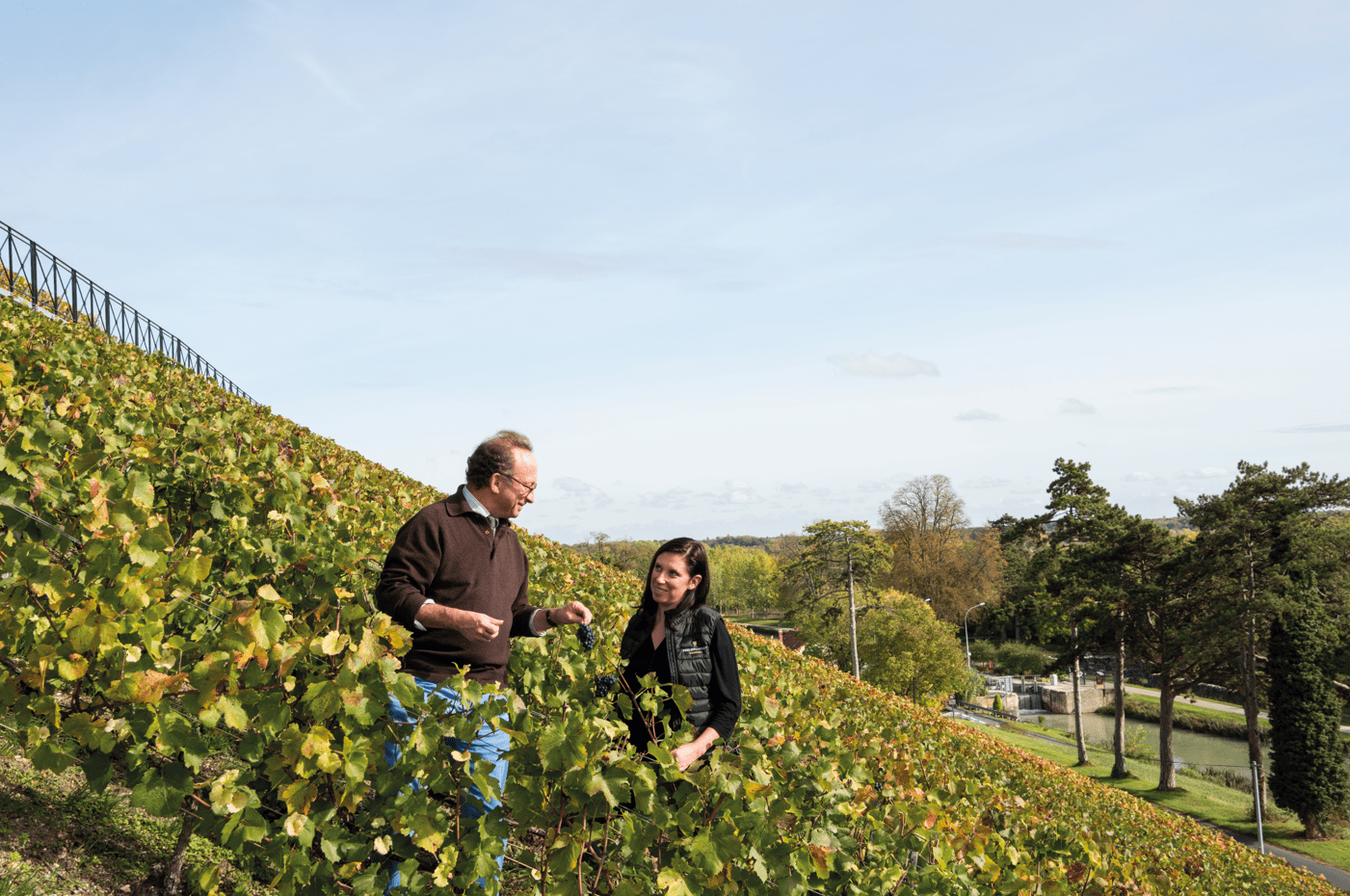
New environnemental approaches
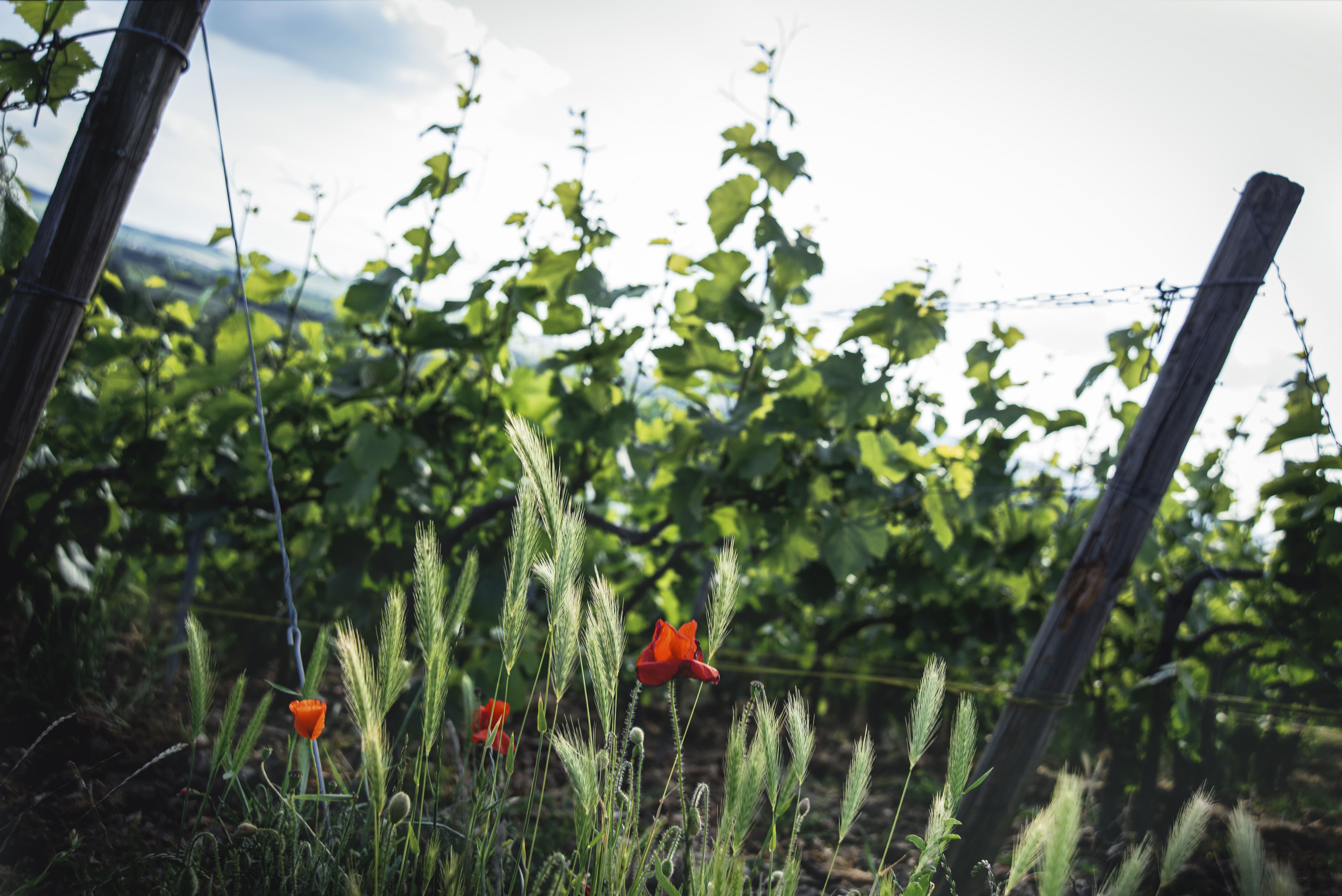
Maison Philipponnat is fully committed to a mindset of respecting the environment, with some corporate actions taking place over a quarter of a century. Meet vineyard and supply manager Aurélia Jamain, who, from the lofty summits of the Clos des Goisses, shares the Maison’s ecological commitments with us.
Aurélia, what is the Maison’s vision for the environment?
When you have five hundred years of history, you have to think about the future. The future of the vine, of Champagne itself, and of our Maison all depends on conservation and respect for our environment. And this global reflection on respect for the soils, the vine, and humanity all translates into concrete actions on a daily basis.
What examples can you give us of concrete actions?
Each of the techniques our teams rely on is carefully considered, to respond in the best possible way to the needs of the vine. For thirty years now, we have been using only organic fertilisers. For those same thirty years, we no longer use any insecticides. Twenty-five years ago, we began using green cover in the vineyard and eliminating herbicides, which we no longer use at all as of more than ten years. We incorporate horse-drawn labour in working the land, which helps us limit soil compaction. In a vineyard like the Clos des Goisses, which is very steep, with low walls, we will even weed the vines, the soil, by hand. We use mating disruption to limit insect reproduction, and we would like to reintroduce natural predators like chickens and bats, which will help us to reduce the insect population among the vines. We adapt to the vine and the climate, using organic products if possible: careful application of sulphur; teas such as willow tea, which is an excellent stimulant for the vine and a very effective fungicide; and orange essential oils targeted precisely on the grapes themselves. All these actions involve constant monitoring of the vine in order to adapt to its needs, and also allow us to detect any health issues early.
What are the most recent processes that you have put in place?
For some time, we have been using companion planting, which presents a number of advantages: “green manure”, planting of mustard, grains, barley, rye, grasses, all enrich the soil and maintain biodiversity in the vineyards. We pay particular attention to maintaining biodiversity: by planting hedges, reintroducing regional plants that benefit the ecosystem, setting out native bee bottles, and limiting the use of machines on the land as much as possible so as not to disrupt the micro-organisms on the surface. We are reintroducing beneficial ancestral practices, which had in some cases been forgotten, and we stay on top of smart practices in caring for the soils and the vines. It’s a big responsibility to preserve a heritage like this one, but we know the impact that each of our actions has. When I look at our vineyard and the landscape of Champagne stretched out before our eyes from the Clos des Goisses, I know that we are committed to a vision for the future… for the next five hundred years!
